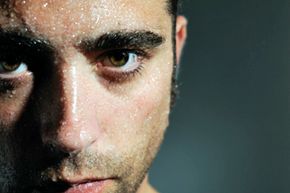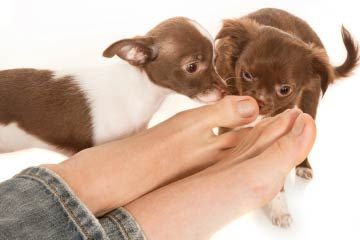Sometimes sweating is unavoidable. After a workout, or when you're under more stress than usual, you'll feel wetness in areas of your body that have the highest concentrations of sweat glands. Your upper lip, scalp, forehead, underarms, groin and the soles of your feet are likely to sweat the most. You may think of sweat as the enemy, but it's important for your overall health. Spicy foods are particularly popular in regions that experience hotter climates because they encourage sweating and make people feel more comfortable when the temperatures soar. That jalapeno or habanero pepper may be tasty, but it's also an aid that helps the body feel cooler through its ability to sweat [source: Brody].
A little sweat is a good thing. It contributes to a slightly acidic environment on the surface of the skin that normally retards bacterial growth, and the little bit of oil in sweat creates a film that helps keep skin soft and naturally moisturized. Think of it this way: Sweat is good. It's the burgeoning bacterial colonies that grow in abundant sweat that can be a problem.
Advertisement
The eccrine glands produce a majority of the salty sweat that keeps the skin cool as a kind of natural air conditioning. It's not the only type of sweat the body produces, though. The apocrine glands produce sweat, too. They're located near hair follicles, so where you have lots of hair, you have the most apocrine glands. Beyond keeping you cool through sweating, the apocrine glands also remove impurities from the body in sweat. Apocrine gland sweat can have a sour odor sometimes, but it isn't the sweat itself that smells unpleasant. Bacteria feed on expelled fatty acids and proteins in apocrine gland sweat, and their waste has that distinctive "sweaty" odor that smells like the inside of a dirty sock.
Just because sweat is a natural bodily function doesn't mean that you can't work with your body to stay fresh and keep odor under control. Let's take a look at a few ways you can work up a sweat and still look and smell fresh.
Advertisement



